 Helping scientists run complex data analyses without writing codeCo-founded by an MIT alumnus, Watershed Bio offers researchers who aren’t software engineers a way to run large-scale analyses to accelerate biology.
Helping scientists run complex data analyses without writing codeCo-founded by an MIT alumnus, Watershed Bio offers researchers who aren’t software engineers a way to run large-scale analyses to accelerate biology.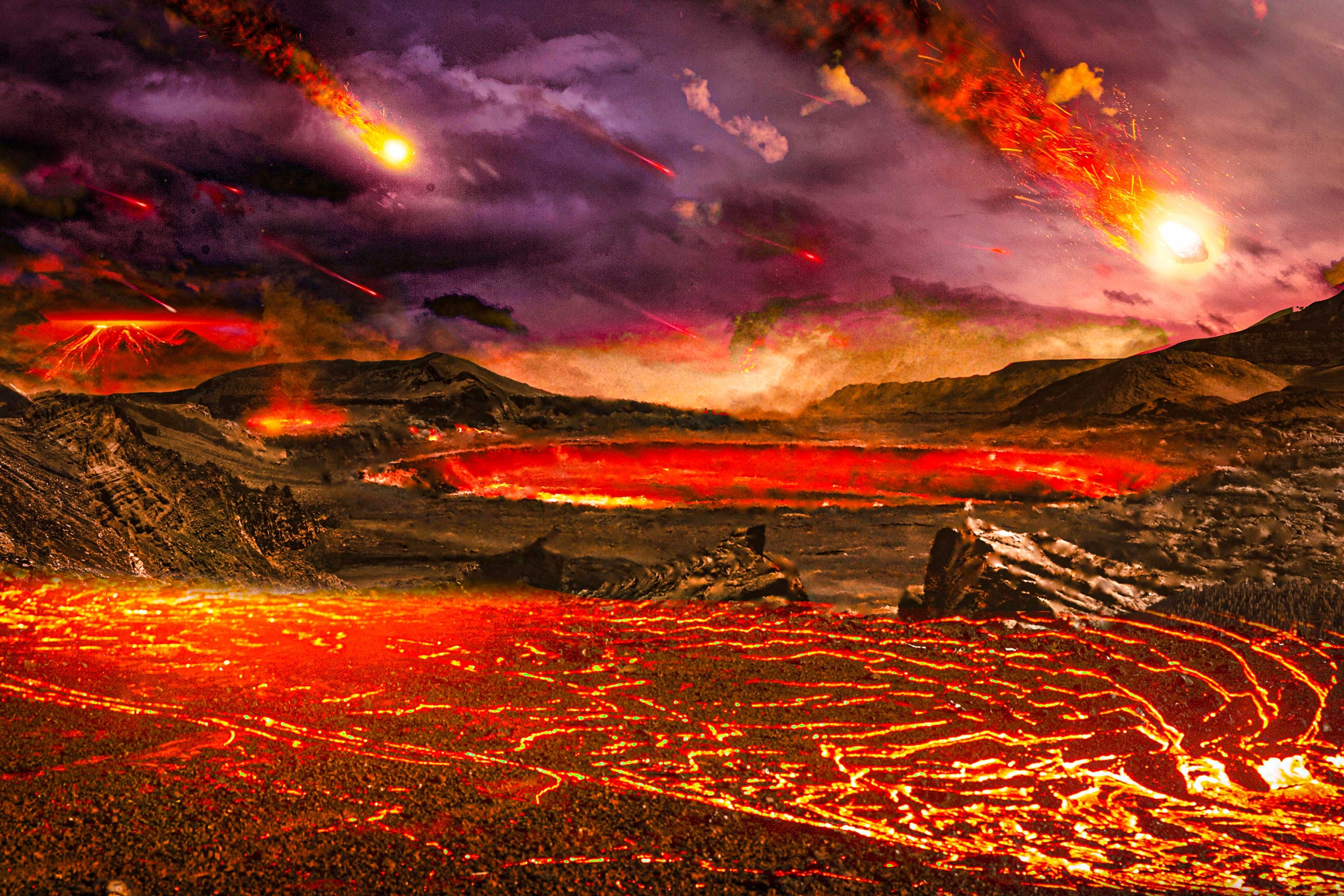 Geologists discover the first evidence of 4.5-billion-year-old “proto Earth”Materials from ancient rocks could reveal conditions in the early solar system that shaped the early Earth and other planets.
Geologists discover the first evidence of 4.5-billion-year-old “proto Earth”Materials from ancient rocks could reveal conditions in the early solar system that shaped the early Earth and other planets.
- Helping scientists run complex data analyses without writing codeCo-founded by an MIT alumnus, Watershed Bio offers researchers who aren’t software engineers a way to run large-scale analyses to accelerate biology.

- Geologists discover the first evidence of 4.5-billion-year-old “proto Earth”Materials from ancient rocks could reveal conditions in the early solar system that shaped the early Earth and other planets.

- A new system can dial expression of synthetic genes up or downThe promoter editing system could be used to fine-tune gene therapy or to more efficiently reprogram cells for therapeutic use.
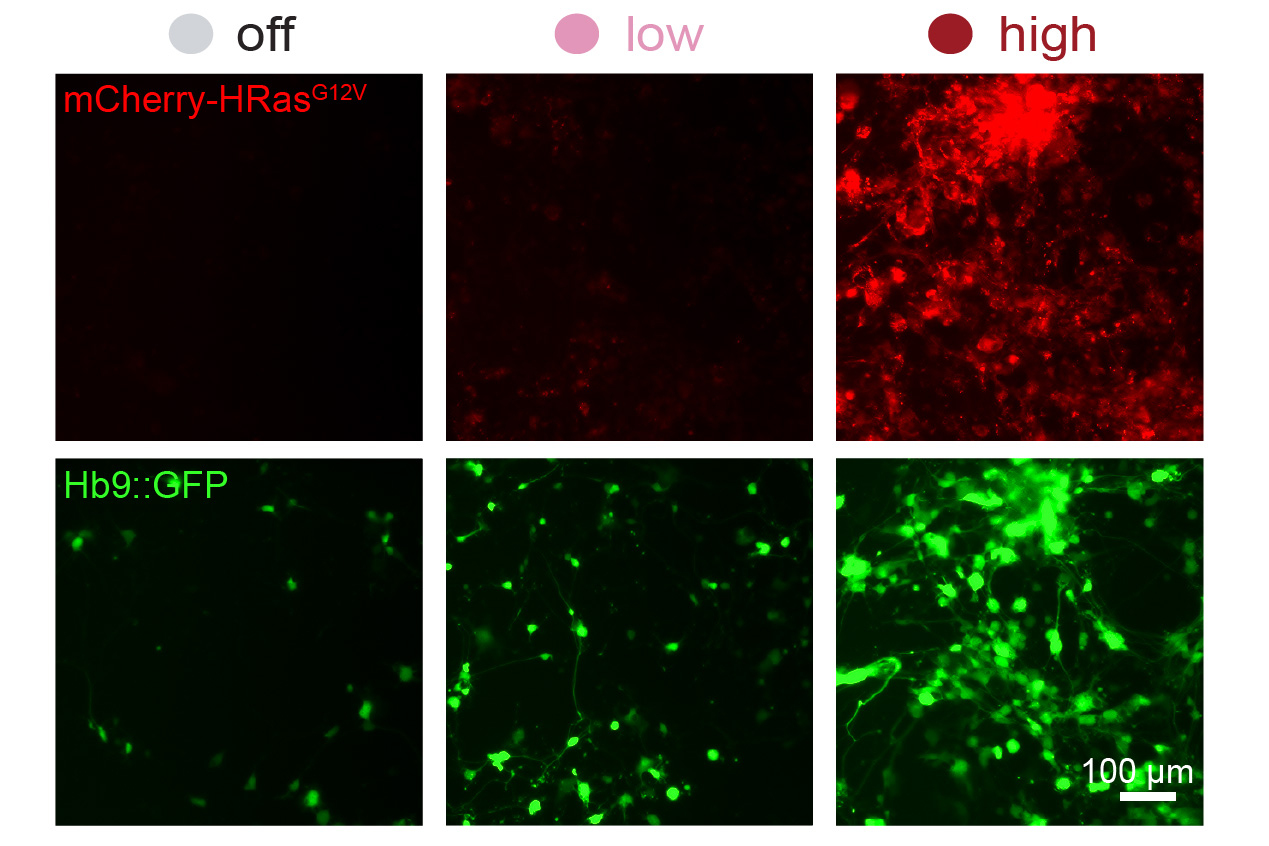
- MIT releases financials and endowment figures for 2025The Institute’s pooled investments returned 14.8 percent last year; endowment stands at $27.4 billion.

- Ray Kurzweil ’70 reinforces his optimism in tech progressReceiving the Robert A. Muh award, the technologist and author heralded a bright future for AI, breakthroughs in longevity, and more.
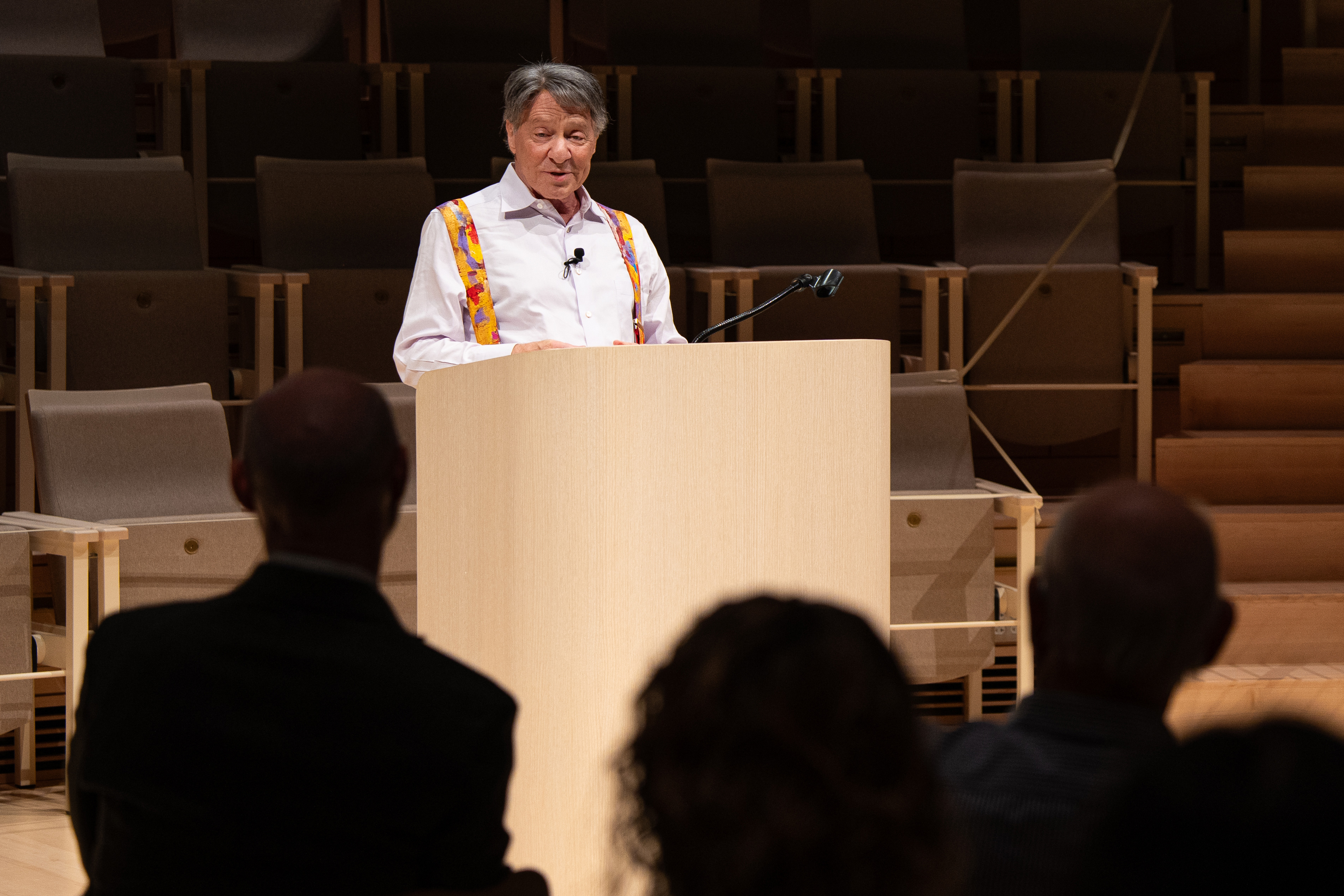
- MIT physicists improve the precision of atomic clocksA new method turns down quantum noise that obscures the “ticking” of atoms, and could enable stable, transportable atomic clocks.
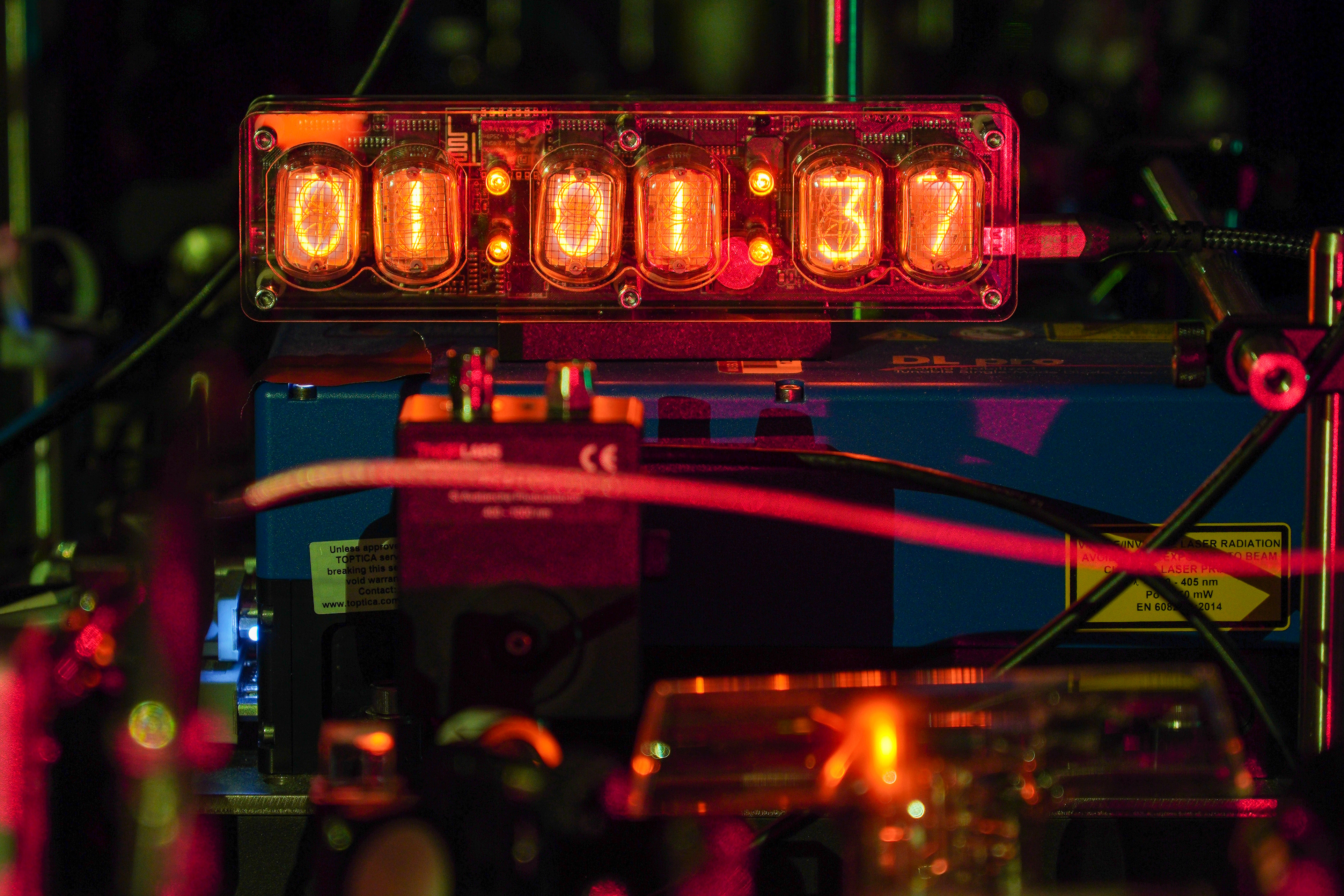
- Uncovering new physics in metals manufacturingMIT researchers discovered a hidden atomic order that persists in metals even after extreme processing.
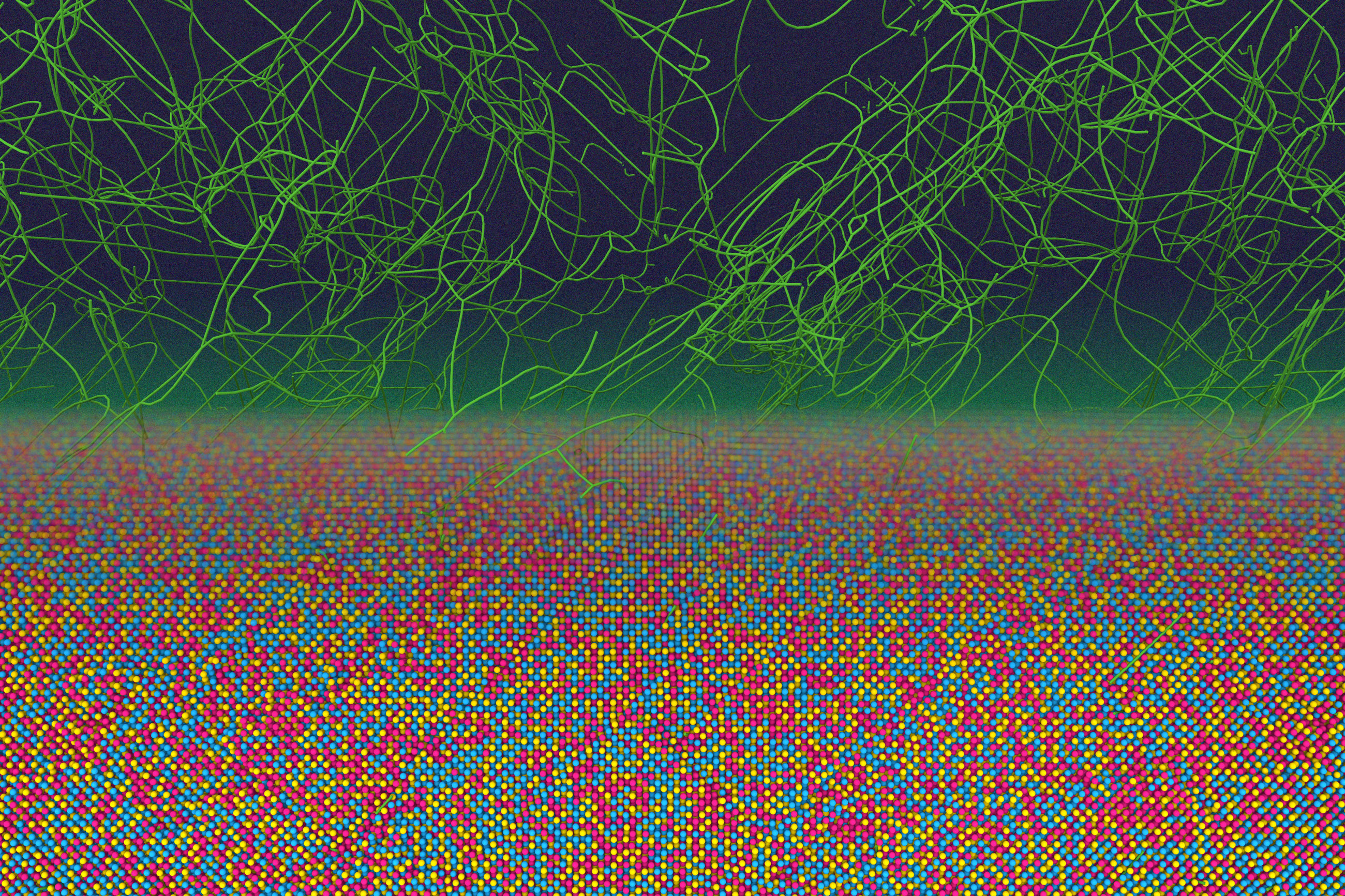
- Engineered “natural killer” cells could help fight cancerA new study identifies genetic modifications that make these immune cells, known as CAR-NK cells, more effective at destroying cancer cells.
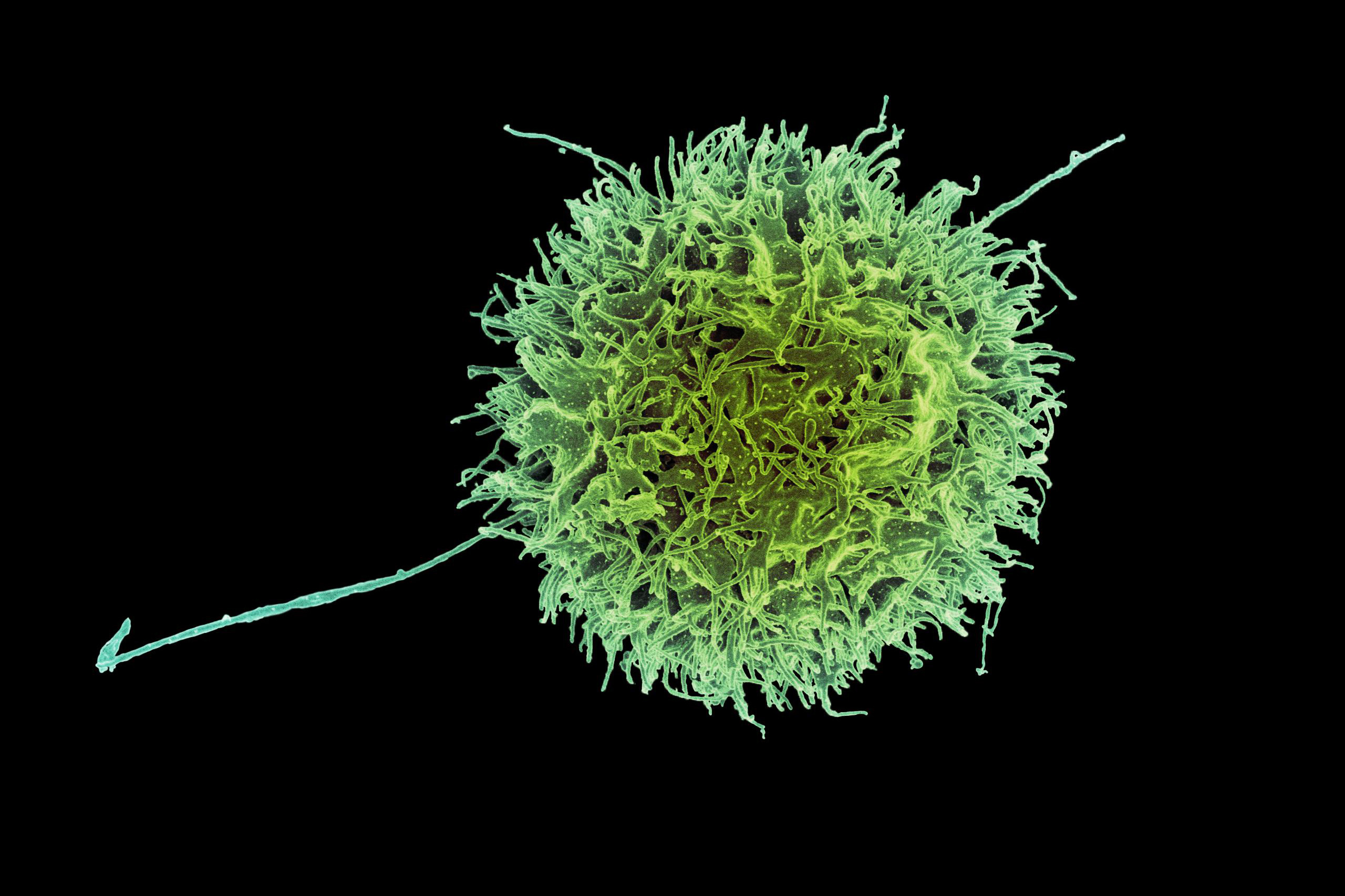
- New prediction model could improve the reliability of fusion power plantsThe approach combines physics and machine learning to avoid damaging disruptions when powering down tokamak fusion machines.
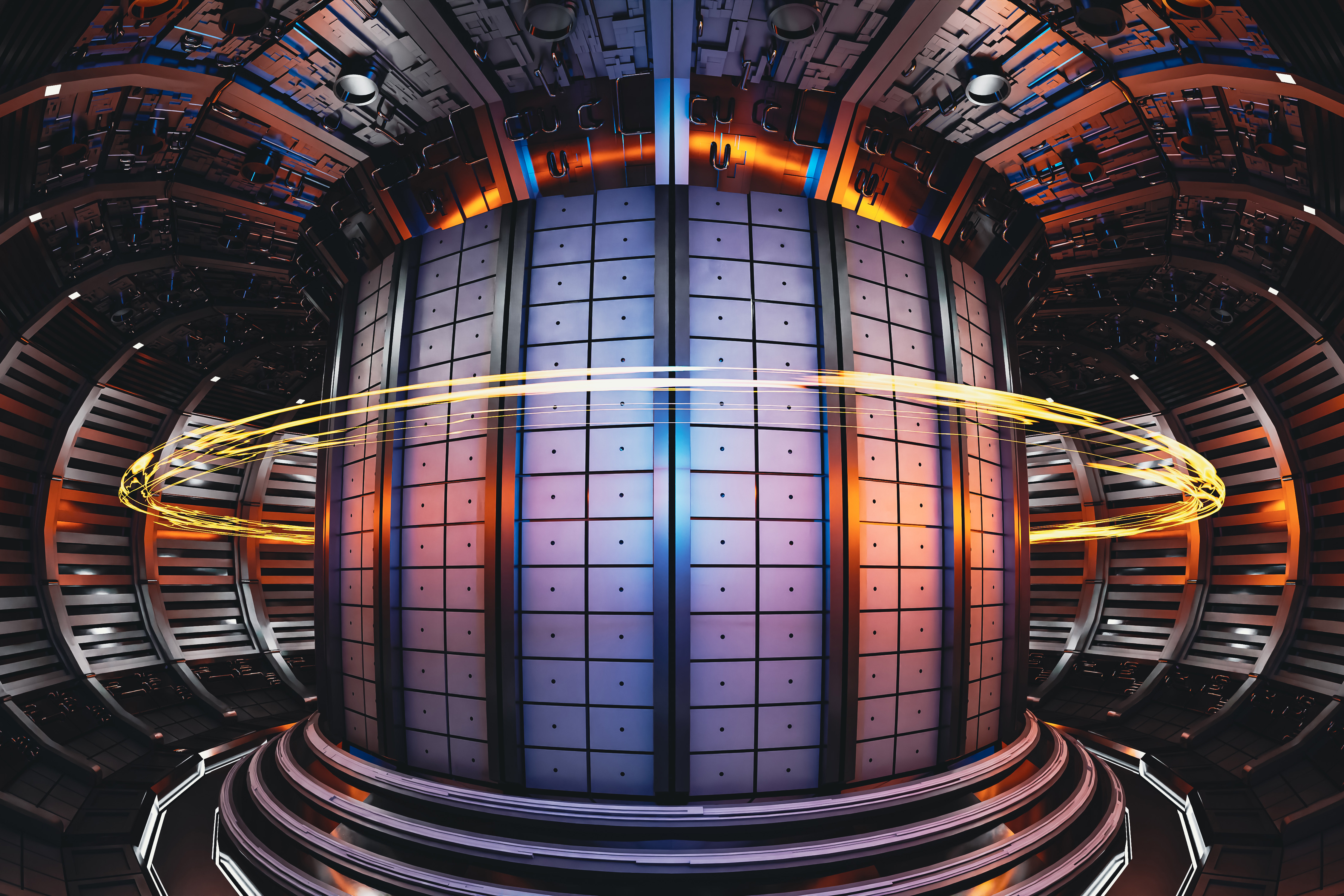
- Printable aluminum alloy sets strength records, may enable lighter aircraft partsIncorporating machine learning, MIT engineers developed a way to 3D print alloys that are much stronger than conventionally manufactured versions.
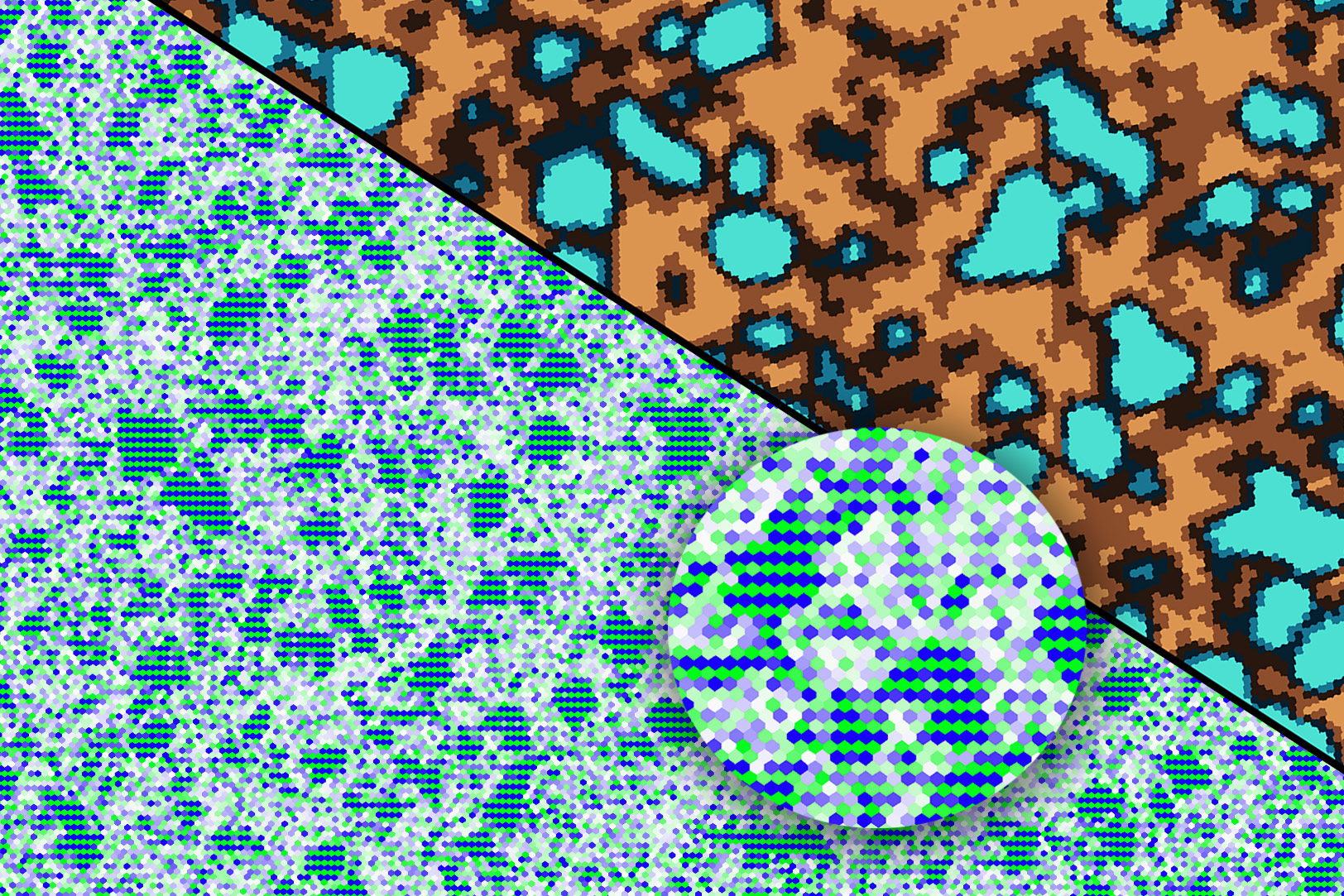
Loading...


